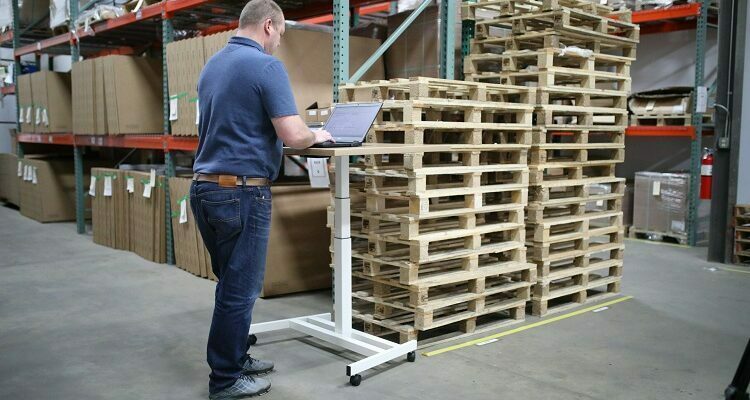Market pressure is constant, and warehouses must speed up their operations to keep up with the international competition. Warehouse automation solutions help warehouses operate more efficiently and effectively. This article will discuss how warehouse automation increases speed and accuracy.
Table of Contents
Robotics
Here are a few things warehouses can do regarding warehouse automation solutions to increase speed and efficiency. One way to increase speed is to eliminate manual processes. This will allow operators to focus on higher-value work while reducing errors. Another way to increase speed is to automate repetitive tasks. For example, warehouses can use robotics to pick and move products. These machines can also help reduce labor costs by reducing the number of workers required.
Another way to increase speed is to use autonomous mobile robots. These robots can navigate a warehouse without the assistance of humans and are equipped with sensors and software to avoid obstacles. They are easy to program with routes and can be deployed quickly. Warehouses can also use put-to-light systems or mobile barcode scanners to direct warehouse workers in picking and packing items. These systems also reduce human error and reduce walking time.
Automated Picking
Automated picking in warehouses can dramatically increase speed. In addition, it has several advantages, including improved safety. Because computer-controlled machines perform most of the picking tasks, automated picking reduces the risk of errors. Furthermore, it reduces labor costs by eliminating unnecessary steps.
Order picking is the most labor-intensive part of warehouse operations. Automated picking systems can help improve this process by utilizing wave-picking. This type of picking eliminates the need for an individual to look at labels to determine which SKUs should be picked. Additionally, warehouse operators can plan their workforce accordingly because they can predict how much output they will receive on any given day. Unlike manual picking, wave picking also aligns well with downstream batch processes.
Voice-Directed Procedures
Voice-Directed procedures in warehouse automation can increase speed and accuracy by guiding pickers through the picking process. These systems utilize specialized software and industrial-grade headsets to deliver guided commands to warehouse workers. They also eliminate the need for an operator to hold a handheld device or write instructions. This means that operators can focus on picking tasks with both hands-frees. Here are three ways that voice-directed procedures can increase productivity:
Voice-directed procedures in warehouse automation can improve speed and accuracy by using natural language understanding and speech recognition. This technique can reduce errors by as much as 90%. In addition, the training time can be reduced from days to minutes. These processes can also help increase revenue by reducing labor costs per order while minimizing the risk of shipping the wrong item.
Automated Sortation Systems
Automated sortation systems are highly efficient warehouse management systems. They improve warehouse speed and accuracy while reducing human error. Compared to manual sortation, automated systems also save space and improve safety conditions for warehouse staff. They also improve efficiency and help businesses increase their sales. These benefits can be seen in both small and large businesses.
Automated sortation systems help improve efficiency and decrease labor costs. They also help increase fill rates and reduce returns. This can result in lower prices and faster delivery to consumers.
Data Analytics
When implementing warehouse automation, a well-written project plan is a must. It should involve the participation of all stakeholders and an analysis of goals and deliverables. It should also include a project manager and support staff to oversee the process. They will produce a timeline and follow the project schedule. A plan for implementation support will also be created.
While warehouse automation may seem expensive in the short term, it pays for itself in the long run. Michael Maibach, CEO of Lab Society LLC, states that automation reduces errors and streamlines processes. In addition, automation prevents communication issues frequently occurring when a growing team grows.
Machine Learning
AI (Artificial Intelligence) developments are driving much of warehouse technology. These machine learning programs allow robots to work faster and more efficiently in warehouses. As a result, they help warehouses cut costs and improve productivity by speeding up inventory checks and sorting. They also provide more accurate data and better connectivity with logistics service providers.
AI is also improving guidance systems for autonomous inventory drones. Skydio, a company that builds these robotic inventory drones, has developed guidance systems that use advanced computer vision and AI.






Comments